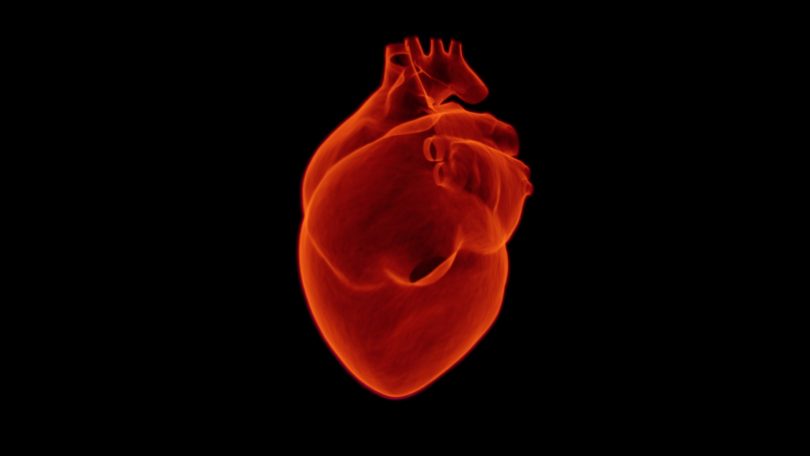Women who show up at the emergency department with a heart attack are less likely to be diagnosed and treated than men. Meanwhile, the risk of death among women under 55 who have had a heart attack is twice that of men the same age.
This stark reality prompted researchers to ask: “Could a change in how we diagnose a heart attack improve care for women with heart disease and reduce their risk of dying?”
As one of 30 sites across Canada participating in the CODE-MI study, St. Paul’s Hospital has just made that change.
So, what’s the change? Cardiac troponin (cTn) is a biomarker, or protein, released into the blood when the heart is damaged during a heart attack. When a person is admitted to the emergency department for a suspected heart attack, part of the assessment includes a blood test to measure their cardiac troponin levels. The results of this test help doctors decide whether or not they’ve had a heart attack. The standard practice is to use an overall troponin value (also known as a “cut-point”) for both men and women. This practice disadvantages women, according to the researchers.
“Because women produce lower levels of this biomarker than men, we believe it is important to take this fact into account and adjust the cut-point to reflect the lower levels found in women,” said Co-Principal Investigator Dr. Karin Humphries in an earlier interview with The Daily Scan.
The importance of sex-specific thresholds
In early February, laboratories at Providence Health Care’s St. Paul’s and Mount Saint Joseph hospitals started using a new lower female-specific cut-point. The cut-point for men remains the same as before.
Over the next year and a half, all other CODE-MI participating sites will be randomized to start using the lower female-specific cut-point when evaluating women. By the end of the study, all CODE-MI sites will have implemented this change. The researchers hope to show that more women will be correctly identified as having a heart attack after the implementation of the lower, female-specific diagnostic cut-point.

“If we are better able to identify women who have had a heart attack, we can then offer them better care. And with better care we can improve the chances they will make a full recovery from their heart attack,” said Dr. Humphries, who is head of the Cardiovascular Health Program at the Centre for Health Evaluation and Outcome Sciences (CHEOS).
Underdiagnosed and undertreated
Studies have consistently shown that women are underdiagnosed and undertreated and therefore have worse outcomes than men when they have a heart attack.
While men are more likely to experience the typical “Hollywood heart attack” – portrayed in TV and movies as a crushing pain in the centre of the chest – women are more likely to have other atypical symptoms, in addition to chest pain. These include pain in the arm(s), jaw, neck or shoulder, shortness of breath, nausea, light-headedness, sweating or extreme fatigue. So, while men may only describe chest pain, women will often describe more than one symptom.
Thanks to more sensitive diagnostic testing, laboratories can now accurately measure much lower levels of cardiac troponin in the blood. The CODE-MI research team will look at the impact of using a female-specific troponin cut-point on diagnosis, treatment and outcomes. Specifically, they will determine if women are more likely to receive appropriate care, so they are less likely to die, return to the hospital with a heart attack, stroke, heart failure, or require urgent revascularization within a year of discharge.
The CODE-MI study is supported by a $1.6 million Canadian Institutes of Health Research grant.






